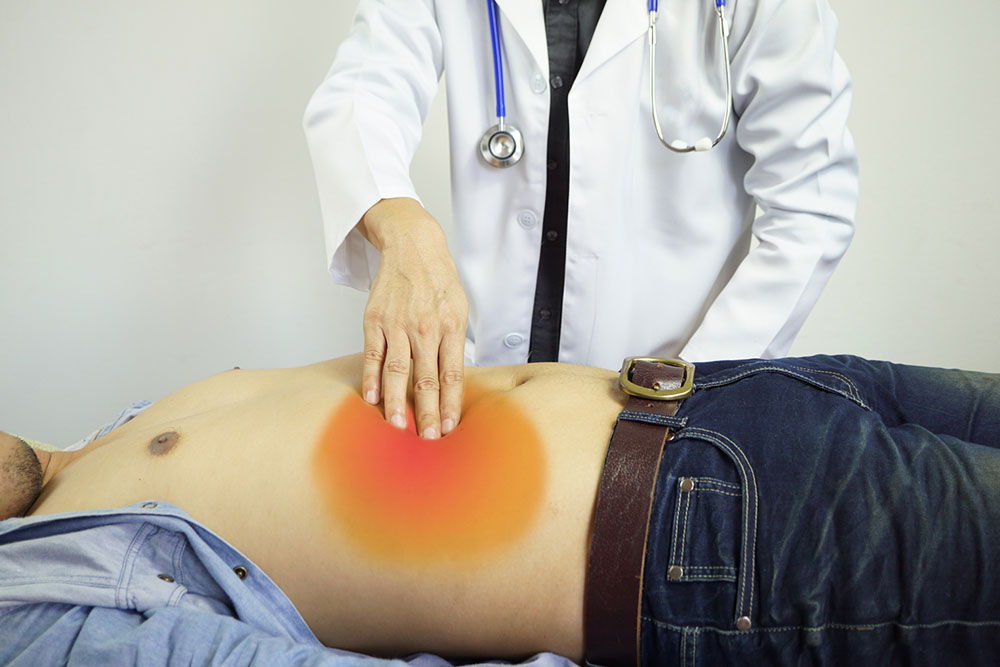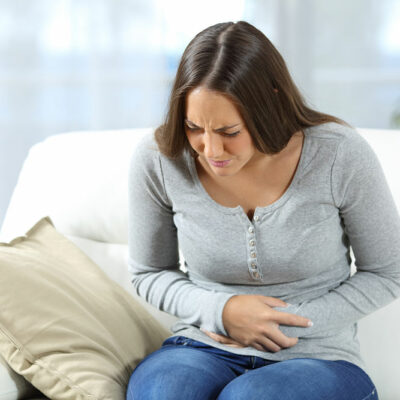
Symptoms, causes, and prevention of gallstones
Gallstones are the hardened deposits of the digestive fluid that form in the gallbladder. The gallbladder is a small pear-shaped organ situated in the right side of the abdomen, just beneath the liver. It holds a digestive fluid called bile, which is released into the small intestine. From being as small as a grain of sand o being as large as a golf ball, gallstones range in a variety of sizes. While some people develop just one gallstone, others might develop multiple gallstones at the same time.
There are two types of gallstones:
- Pigment gallstones – These are dark brown or black gallstones that form due to excessive bilirubin in the bile.
- Cholesterol gallstones – Appearing yellow in color, these are the most common type of gallstones that are composed mainly of undissolved cholesterol and other components.
Symptoms
Gallstones typically don’t exhibit any symptoms. However, if a gallstone is lodged in a duct, it might cause a blockage. The resulting symptom is rapid and sudden intensifying pain in the upper right portion of the abdomen and breastbone. The person might also experience pain in the back between the shoulder blades along with nausea and vomiting. Risk factors such as gender, age, lifestyle, obesity, diet, genetics, liver diseases, and hormone therapy drugs increase the risk of gallstones forming in the body. People experiencing symptoms of gallstones usually require gallbladder removal surgery.
Causes
Following causes the formation of gallstones in the gallbladder:
- Gallbladder doesn’t empty correctly – If the gallbladder doesn’t empty completely, the bile may become extremely concentrated, causing the formation of gallstones.
- Excessive bilirubin – The chemical that’s produced when the body breaks down the red blood cells is known as bilirubin. Conditions such as liver cirrhosis result in excessive bile production. A biliary tract infection and certain blood disorders result in gallstone formation.
- Excessive cholesterol – Usually, bile contains enough chemicals to dissolve excessive cholesterol secreted by the liver. But, if it excretes more cholesterol than the bile can dissolve, it can result in the formation of crystals and eventually into gallstones.
Complications
Here are the four main complications that might arise due to gallstones:
- Blockage of the pancreatic duct – Pancreatic juice secreted by the pancreatic duct aids in digestion. Blockage in the same might result in slow metabolism, constipation, and other digestive issues. Severe blockage can also cause pancreatitis which usually requires hospitalization.
- Blockage of bile duct – Gallstones can block the bile duct, thereby, obstructing the flow of bile juice from the liver to the intestine, which can result in liver infection and jaundice.
- Gallbladder inflammation – A gallbladder lodged in the neck of gallbladder causes cholecystitis, causing severe pain and fever.
- Gallbladder cancer – Patients with a history of gallstones have an increased risk of suffering from gallbladder cancer, which is very rare.
Prevention
Gallstone formation can be prevented by sticking to the usual mealtimes every day. Skipping meals can produce an imbalance in the bile juice resulting in the formation of gallstones. Maintaining a healthy weight also reduces the risk of formation of gallstones. However, a person aiming to lose weight must avoid rapid weight loss as it increases the risk of formation of gallstones.


